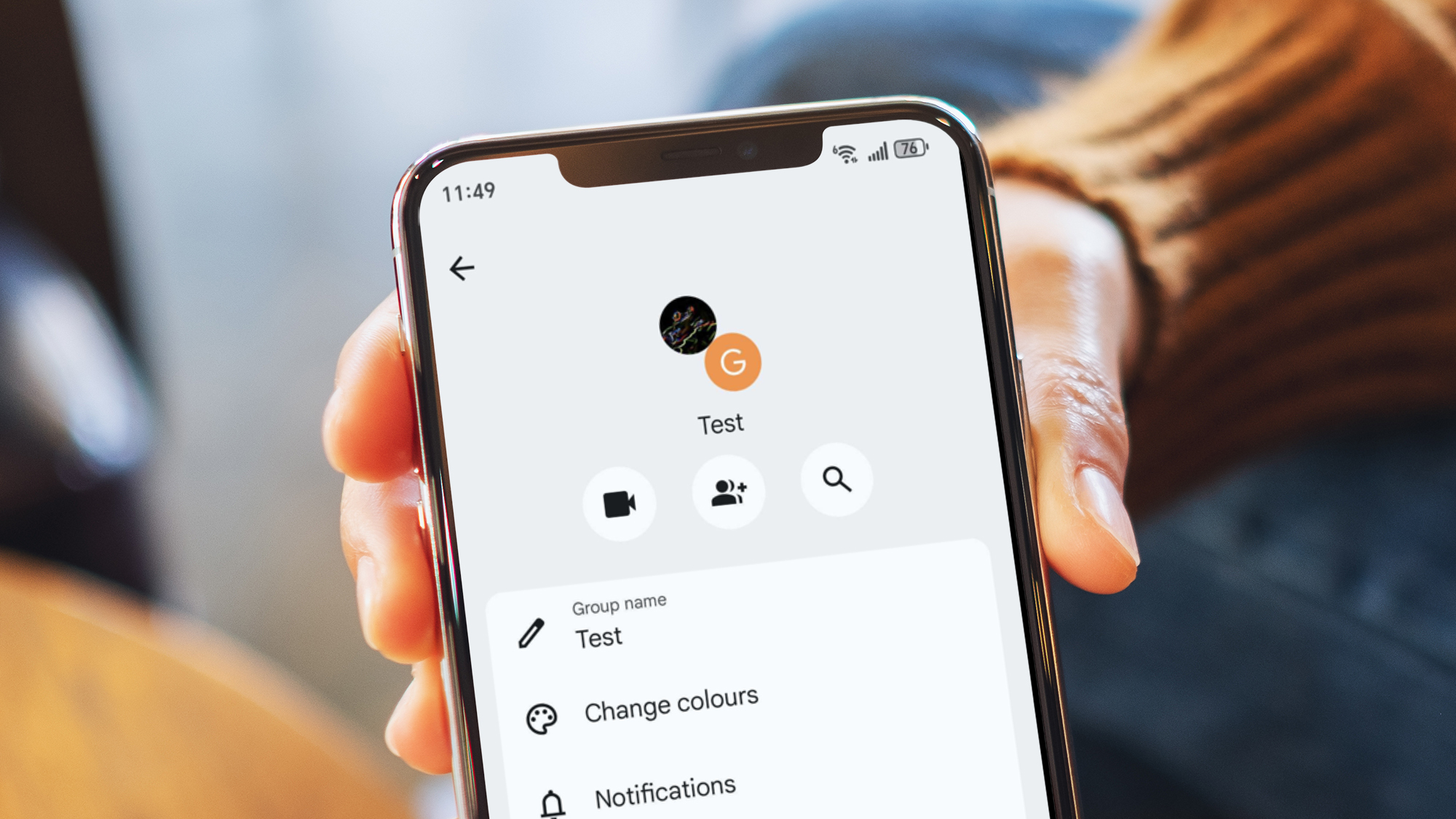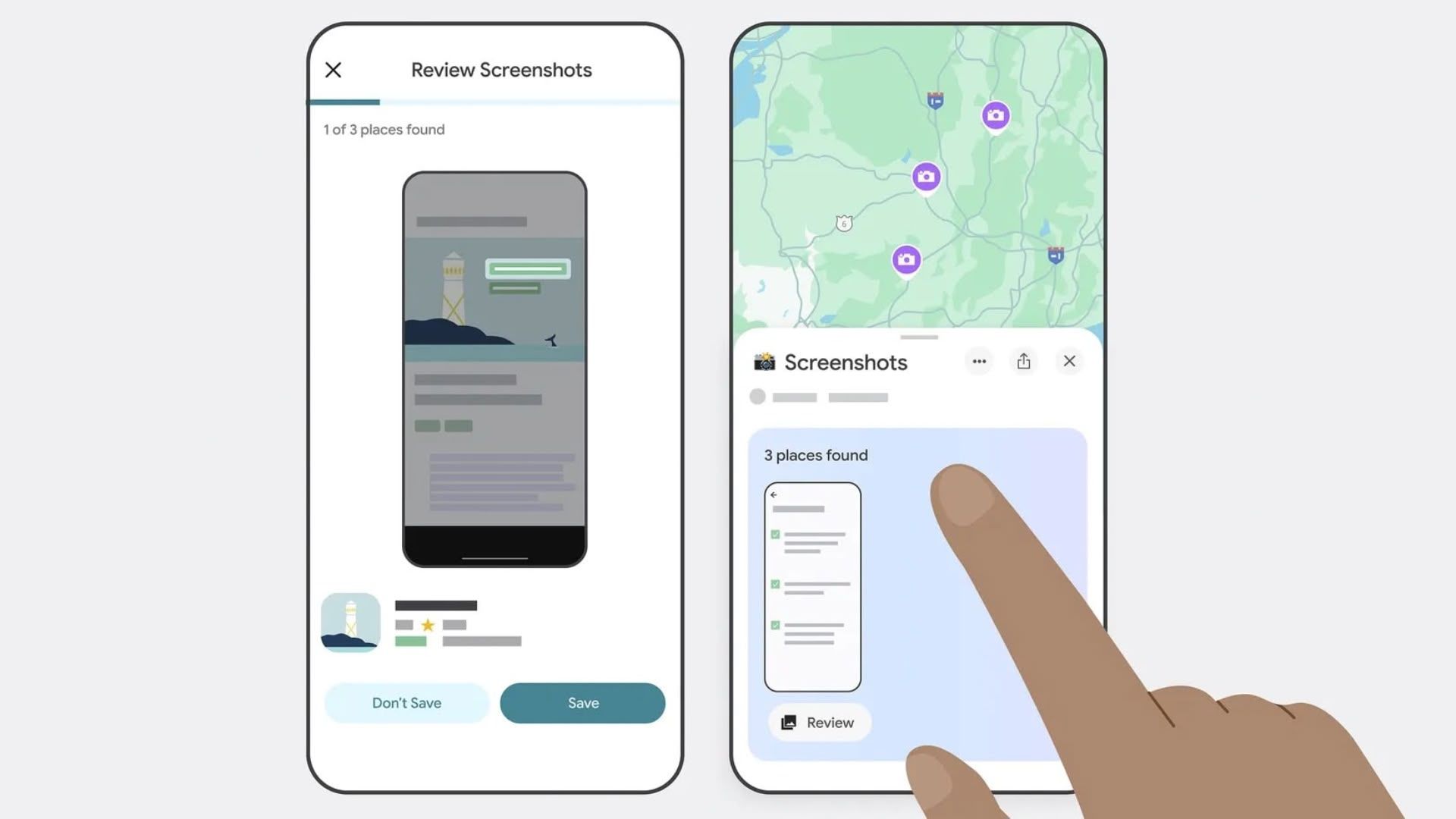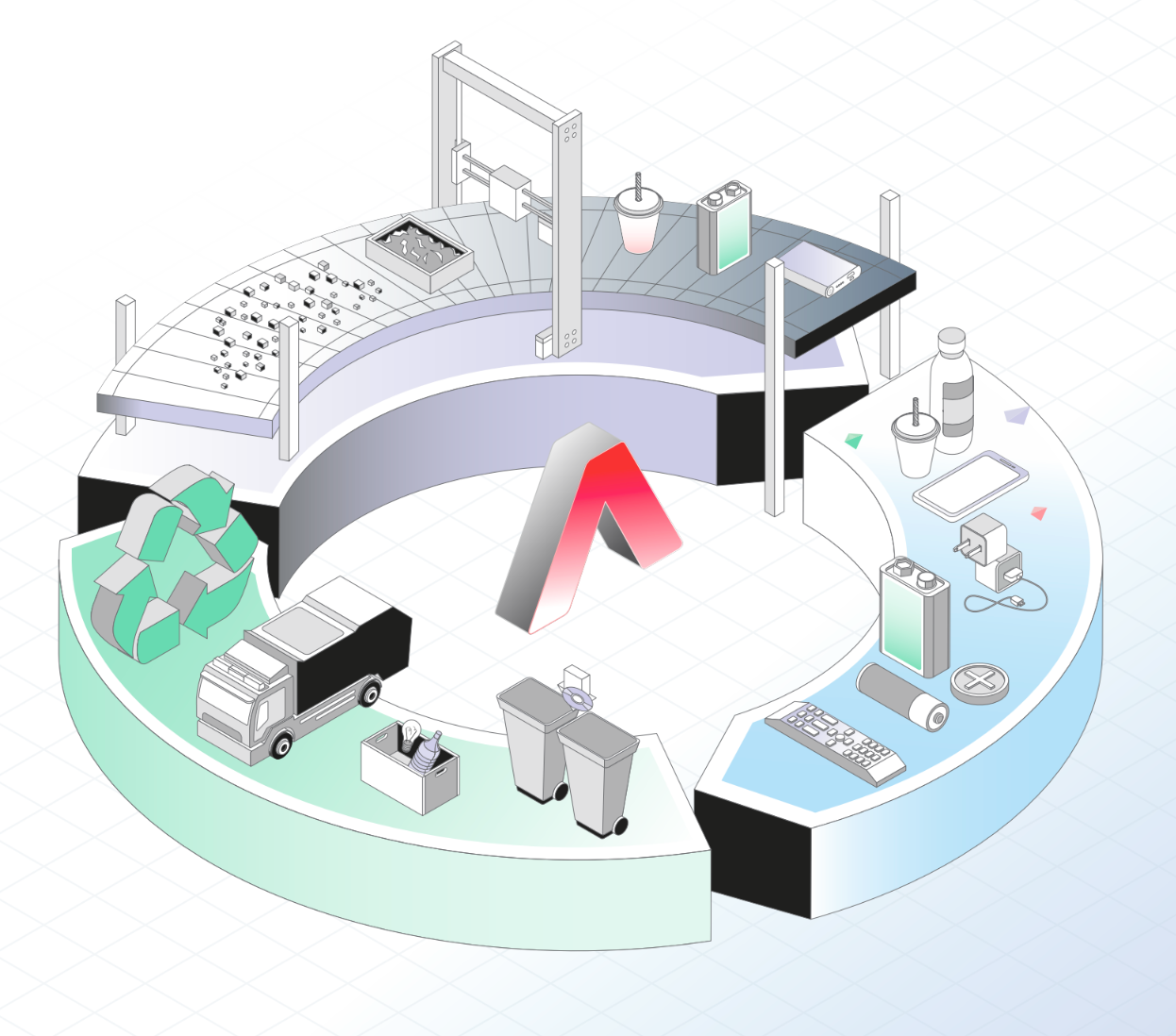A2A and MCP Protocols with Java and Spring
Integrating AI Capabilities with Spring Boot: A2A and MCP Protocols Code for this article is available here Introduction to A2A Protocol The Agent-to-Agent (A2A) protocol, developed by Google, enables seamless communication between AI agents and services. It provides a standardized way for AI agents to discover, understand, and interact with various service capabilities. By implementing A2A, your Spring Boot applications become AI-ready, allowing AI agents to naturally interact with your services. Understanding MCP (Model Context Protocol) MCP (Model Context Protocol) is Anthropic's specification for enabling structured interactions between AI models and external tools/services. It provides a standardized way to define tool interfaces that can be called by AI models, making services discoverable and executable in a controlled manner. This protocol is particularly useful for creating safe and reliable integrations between AI models and external capabilities. Key Features of MCP: Structured tool definitions with clear input/output schemas Runtime type validation Standardized error handling Support for streaming responses Built-in security considerations Creating AI-Enabled Spring Boot Services Service Implementation Examples The framework supports several types of services that can be exposed to AI agents: CompareCarService: Compares features between two cars @Service @Agent(groupName ="compareCar", groupDescription = "Provide 2 cars and compare them") public class CompareCarService { @Action(description = "compare 2 cars") public String compareCar(String car1, String car2) { return car2 + " is better than " + car1; } } WeatherService: Provides weather information for cities @Service @Agent(groupName = "getTemperature", groupDescription = "get weather for city") public class WeatherService { @Action(description = "get temperature for city") public String getTemperature(String cityName) { // Weather API integration return "Temperature for " + cityName; } } Customer Service Integration: Handle customer support tickets @Service @Agent(groupName ="raiseTicket", groupDescription = "Create a ticket for customer") public class RaiseCustomerTicket { @Action(description = "Raise a ticket for customer") public String raiseTicket(String customerName) { return "ticket raised for " + customerName; } } Protocol Integration A2A Agent Card The A2A agent card describes your service capabilities to AI agents. It includes: Service metadata (name, description, version) Available skills Input/output modes Authentication requirements A2A Agent Card Example When an AI agent discovers your service, it receives a detailed agent card in JSON format that describes all available capabilities. Here's what your service exposes: { "name": "Helpful Agent", "description": "This agent provides capabilities to raise tickets, compare cars, find out a person's favorite food, and get weather information.", "url": "http://localhost:7860", "provider": { "organization": "Example Corp", "url": "https://example.com" }, "version": "1.0", "documentationUrl": "https://example.com/helpfulagent/docs", "capabilities": { "streaming": false, "pushNotifications": false, "stateTransitionHistory": false }, "authentication": { "schemes": ["API Key"], "credentials": "API Key" }, "defaultInputModes": ["Text", "Voice"], "defaultOutputModes": ["Text", "Voice"], "skills": [ { "id": "raiseTicket", "name": "Raise Ticket", "description": "Create a ticket for a customer.", "tags": ["Ticket", "Support", "Customer Service"], "examples": [ "Raise a ticket for John Doe", "Create a support ticket" ], "inputModes": ["Text", "Voice"], "outputModes": ["Text"] }, { "id": "compareCar", "name": "Compare Cars", "description": "Compare two cars based on their features.", "tags": ["Car", "Comparison", "Automobile"], "examples": [ "Compare Toyota Camry and Honda Accord", "Compare two cars" ], "inputModes": ["Text"], "outputModes": ["Text"] }, { "id": "whatThisPersonFavFood", "name": "Find Favorite Food", "description": "Find out what a person likes to eat.", "tags": ["Food", "Preferences", "Person"], "examples": [ "What does John like to eat?", "Find out Mary's favorite food" ], "inputModes": ["Text", "Voice"], "outputModes": ["Text"] }, { "id": "getTemperature", "name": "Get Temperature", "description": "Get the current weather temperature for a city.", "tags": ["Weather", "Temperature", "City"], "examples": [ "What is the weather in London?", "Get the temp

Integrating AI Capabilities with Spring Boot: A2A and MCP Protocols
Code for this article is available here
Introduction to A2A Protocol
The Agent-to-Agent (A2A) protocol, developed by Google, enables seamless communication between AI agents and services. It provides a standardized way for AI agents to discover, understand, and interact with various service capabilities. By implementing A2A, your Spring Boot applications become AI-ready, allowing AI agents to naturally interact with your services.
Understanding MCP (Model Context Protocol)
MCP (Model Context Protocol) is Anthropic's specification for enabling structured interactions between AI models and external tools/services. It provides a standardized way to define tool interfaces that can be called by AI models, making services discoverable and executable in a controlled manner. This protocol is particularly useful for creating safe and reliable integrations between AI models and external capabilities.
Key Features of MCP:
- Structured tool definitions with clear input/output schemas
- Runtime type validation
- Standardized error handling
- Support for streaming responses
- Built-in security considerations
Creating AI-Enabled Spring Boot Services
Service Implementation Examples
The framework supports several types of services that can be exposed to AI agents:
- CompareCarService: Compares features between two cars
@Service
@Agent(groupName ="compareCar", groupDescription = "Provide 2 cars and compare them")
public class CompareCarService {
@Action(description = "compare 2 cars")
public String compareCar(String car1, String car2) {
return car2 + " is better than " + car1;
}
}
- WeatherService: Provides weather information for cities
@Service
@Agent(groupName = "getTemperature", groupDescription = "get weather for city")
public class WeatherService {
@Action(description = "get temperature for city")
public String getTemperature(String cityName) {
// Weather API integration
return "Temperature for " + cityName;
}
}
- Customer Service Integration: Handle customer support tickets
@Service
@Agent(groupName ="raiseTicket", groupDescription = "Create a ticket for customer")
public class RaiseCustomerTicket {
@Action(description = "Raise a ticket for customer")
public String raiseTicket(String customerName) {
return "ticket raised for " + customerName;
}
}
Protocol Integration
A2A Agent Card
The A2A agent card describes your service capabilities to AI agents. It includes:
- Service metadata (name, description, version)
- Available skills
- Input/output modes
- Authentication requirements
A2A Agent Card Example
When an AI agent discovers your service, it receives a detailed agent card in JSON format that describes all available capabilities. Here's what your service exposes:
{
"name": "Helpful Agent",
"description": "This agent provides capabilities to raise tickets, compare cars, find out a person's favorite food, and get weather information.",
"url": "http://localhost:7860",
"provider": {
"organization": "Example Corp",
"url": "https://example.com"
},
"version": "1.0",
"documentationUrl": "https://example.com/helpfulagent/docs",
"capabilities": {
"streaming": false,
"pushNotifications": false,
"stateTransitionHistory": false
},
"authentication": {
"schemes": ["API Key"],
"credentials": "API Key"
},
"defaultInputModes": ["Text", "Voice"],
"defaultOutputModes": ["Text", "Voice"],
"skills": [
{
"id": "raiseTicket",
"name": "Raise Ticket",
"description": "Create a ticket for a customer.",
"tags": ["Ticket", "Support", "Customer Service"],
"examples": [
"Raise a ticket for John Doe",
"Create a support ticket"
],
"inputModes": ["Text", "Voice"],
"outputModes": ["Text"]
},
{
"id": "compareCar",
"name": "Compare Cars",
"description": "Compare two cars based on their features.",
"tags": ["Car", "Comparison", "Automobile"],
"examples": [
"Compare Toyota Camry and Honda Accord",
"Compare two cars"
],
"inputModes": ["Text"],
"outputModes": ["Text"]
},
{
"id": "whatThisPersonFavFood",
"name": "Find Favorite Food",
"description": "Find out what a person likes to eat.",
"tags": ["Food", "Preferences", "Person"],
"examples": [
"What does John like to eat?",
"Find out Mary's favorite food"
],
"inputModes": ["Text", "Voice"],
"outputModes": ["Text"]
},
{
"id": "getTemperature",
"name": "Get Temperature",
"description": "Get the current weather temperature for a city.",
"tags": ["Weather", "Temperature", "City"],
"examples": [
"What is the weather in London?",
"Get the temperature for New York"
],
"inputModes": ["Text", "Voice"],
"outputModes": ["Text"]
}
]
}
This agent card provides a complete description of your service's capabilities:
- Basic Information: Name, description, version, and provider details
- Capabilities: Supported features like streaming and notifications
- Authentication: Required security mechanisms
- Input/Output Modes: Supported interaction methods
-
Skills: Detailed list of available actions with:
- Unique IDs
- Human-readable names
- Descriptions
- Example usage
- Supported input/output modes
- Relevant tags
MCP Tools Interface
MCP tools are exposed through a dedicated endpoint that provides:
- Tool definitions
- Parameter schemas
- Input validation rules
- Response formats
Example MCP tools endpoint: http://localhost:7860/mcp/list-tools
MCP Tools Response Example
Similarly, when accessed through the MCP endpoint, your tools are described in a structured format:
{
"tools": [
{
"parameters": {
"type": "object",
"properties": {
"provideAllValuesInPlainEnglish": {
"type": "string",
"description": "{\n \"customerName\": \"String\"\n}"
}
},
"required": ["provideAllValuesInPlainEnglish"],
"additionalProperties": false
},
"inputSchema": {
"type": "object",
"properties": {
"provideAllValuesInPlainEnglish": {
"type": "string",
"description": "{\n \"customerName\": \"String\"\n}"
}
},
"required": ["provideAllValuesInPlainEnglish"]
},
"description": "Raise a ticket for customer",
"name": "raiseTicket"
}
// ... other tools definitions ...
]
}
Controller Implementation
A2A Controllers
- MyA2ACardController: Manages the agent card endpoint
- MyA2ATaskController: Handles task execution
- MyRpcController: Processes JSON-RPC requests
MCP Controller
The MCPController handles tool discovery and execution:
@RestController
@RequestMapping("/mcp")
public class MCPController extends MCPToolsController {
@GetMapping("/list-tools")
public ResponseEntity<Map<String, List<Tool>>> listTools() {
// Returns available tools
}
@PostMapping("/call-tool")
public ResponseEntity<JSONRPCResponse> callTool(@RequestBody ToolCallRequest request) {
// Executes tool calls
}
}
Making Services AI-Accessible
To expose your Spring services to AI agents:
- Add the required dependencies:
- Annotate your services with
@Agentand@Action - Configure the application properties:
spring.application.name=spring-boot
server.port=7860
a2a.persistence=cache
Testing AI Integration
You can test your AI-enabled services through:
- Direct HTTP calls to service endpoints
- A2A agent card verification
- MCP tool discovery and execution
- Natural language prompts through the action endpoint
Example test prompt:
GET http://localhost:7860/action?prompt="Compare Honda Civic and Toyota Corolla"
Conclusion
By implementing both A2A and MCP protocols, your Spring Boot applications become fully AI-capable, allowing seamless integration with various AI agents and systems. This dual-protocol support ensures maximum compatibility and flexibility in the AI ecosystem.









































































































































































![[The AI Show Episode 146]: Rise of “AI-First” Companies, AI Job Disruption, GPT-4o Update Gets Rolled Back, How Big Consulting Firms Use AI, and Meta AI App](https://www.marketingaiinstitute.com/hubfs/ep%20146%20cover.png)










































































































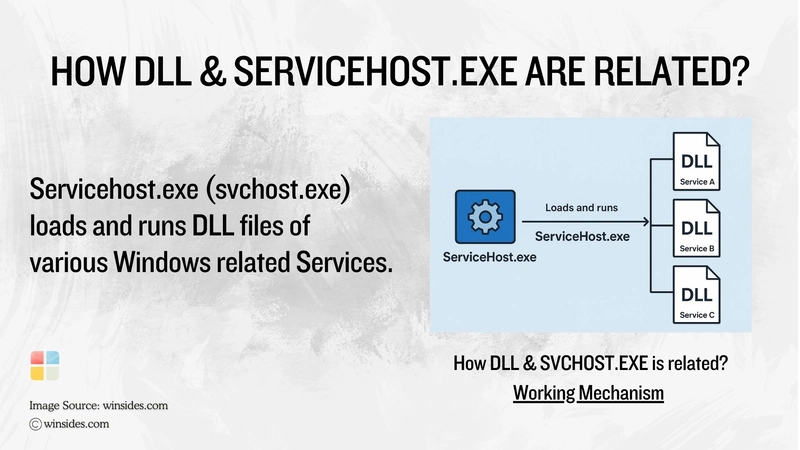














![[DEALS] The Premium Python Programming PCEP Certification Prep Bundle (67% off) & Other Deals Up To 98% Off – Offers End Soon!](https://www.javacodegeeks.com/wp-content/uploads/2012/12/jcg-logo.jpg)







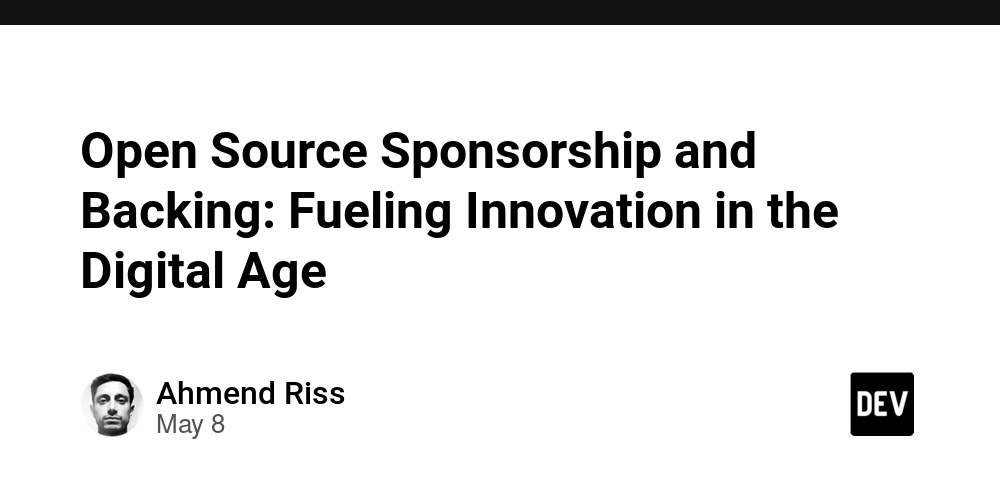









































































































































































































































![Honor 400 series officially launching on May 22 as design is revealed [Video]](https://i0.wp.com/9to5google.com/wp-content/uploads/sites/4/2025/05/honor-400-series-announcement-1.png?resize=1200%2C628&quality=82&strip=all&ssl=1)













![Beats Studio Pro Wireless Headphones Now Just $169.95 - Save 51%! [Deal]](https://www.iclarified.com/images/news/97258/97258/97258-640.jpg)

















